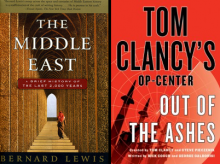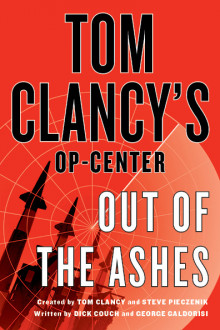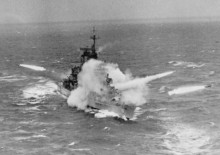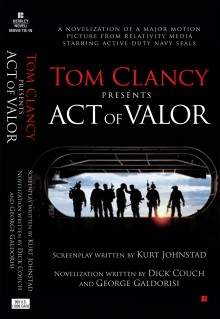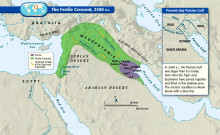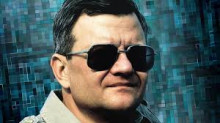Out of the Ashes Meets Into the Fire
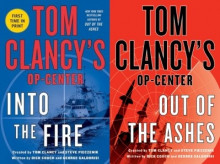
Today, Tom Clancy’s Op-Center: Into the Fire is released for the first time as a trade paperback publication. Additionally, Tom Clancy’s Op-Center: Out of the Ashes is being re-released as a mass market paperback. We expect demand for both books to be strong. Why? Because the kind churn in today’s world says we still need heroes – heroes like those serving in our military and other government services who go “downrange” to protect the freedoms we hold so dear. Here is how we put it in the Dedication to Tom Clancy’s Op-Center: Out of the Ashes:
Decades ago, Winston Churchill famously said, “We sleep safely at night because rough men stand ready to visit violence on those who would harm us.” More contemporaneously, in the 1992 film, A Few Good Men, in the courtroom dialogue, Colonel Nathan Jessup (Jack Nicholson) responds to an aggressive interrogation by Lieutenant Daniel Kaffee (Tom Cruise) with, “We live in a world that has walls, and those walls have to be guarded by men with guns…Because deep down in places you don’t talk about at parties, you want me on that wall. You need me on that wall.”
This book is dedicated to the selfless men and women – in and out of the military – who toil and sacrifice in obscurity so we may sleep safely at night. They receive no medals or public recognition, and few know of their risks, dedication, and contributions to our security. They endure lengthy – and repeated – deployments away from their families. Yet they stand guard “on the wall” for all of us, silently, professionally, and with no acclaim.
Stay tuned to this website for more on the subject….

